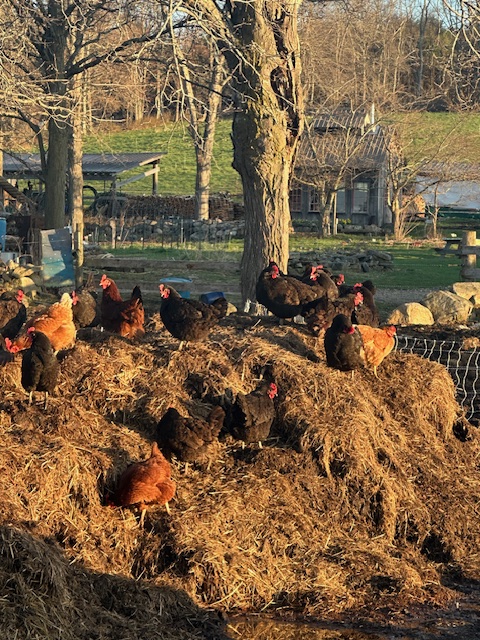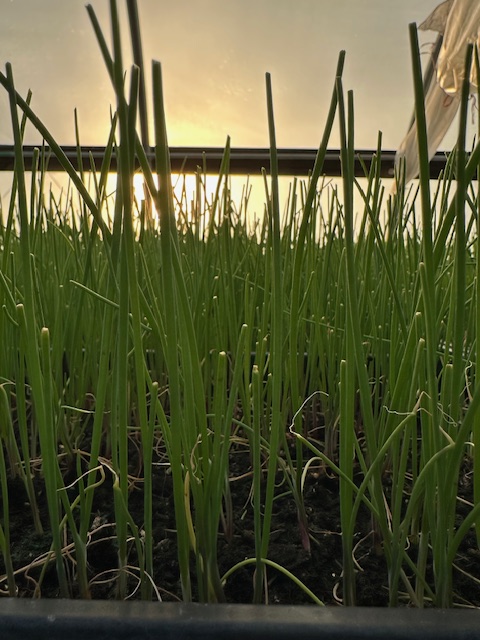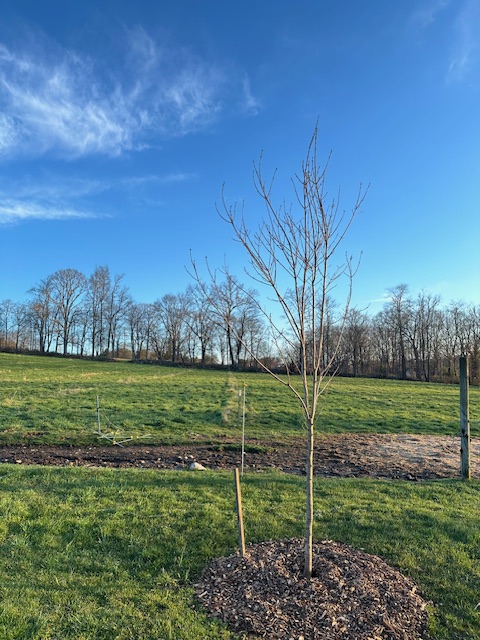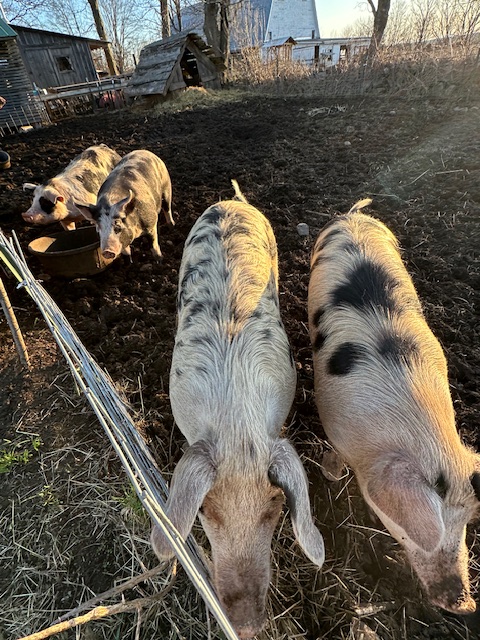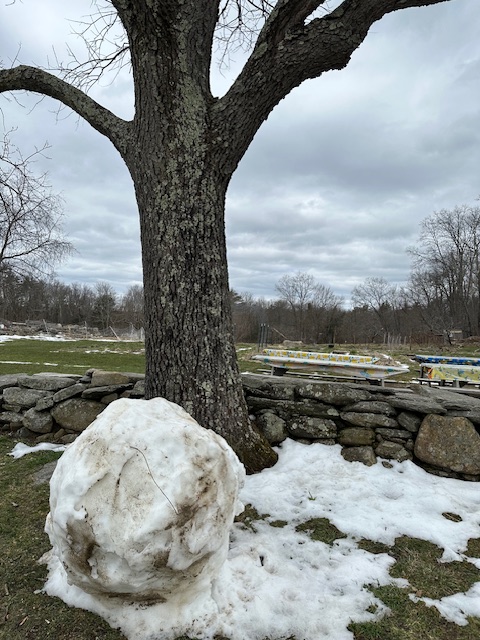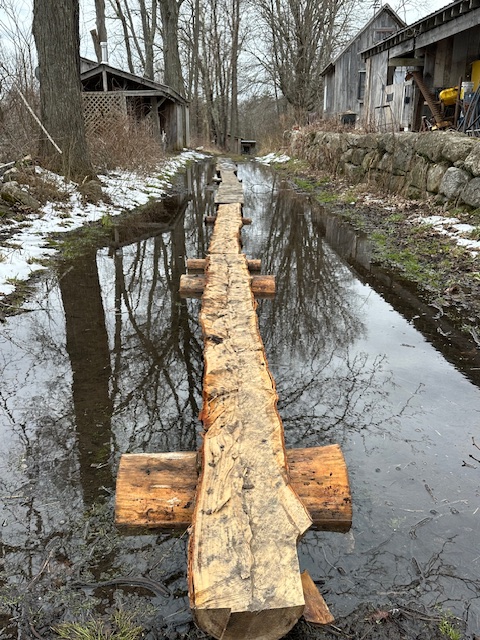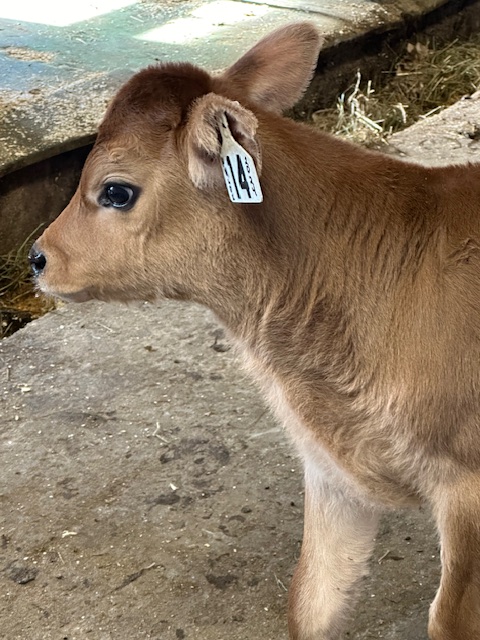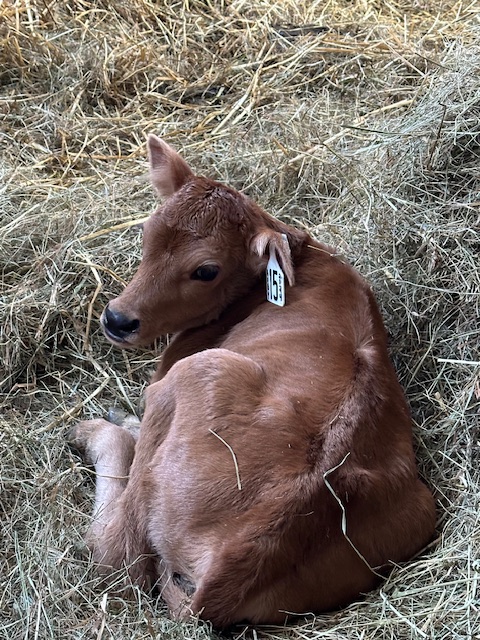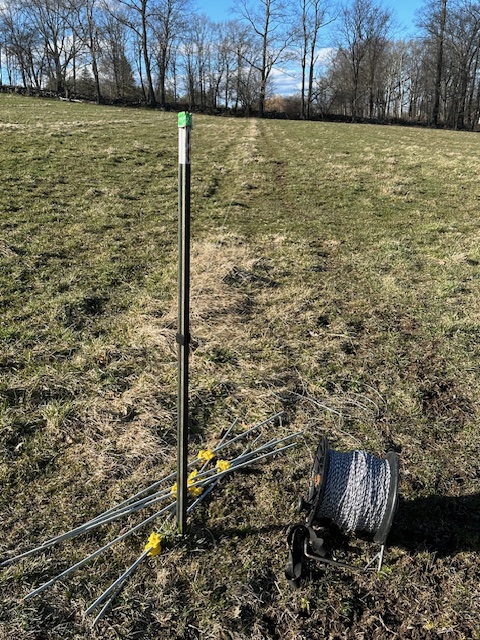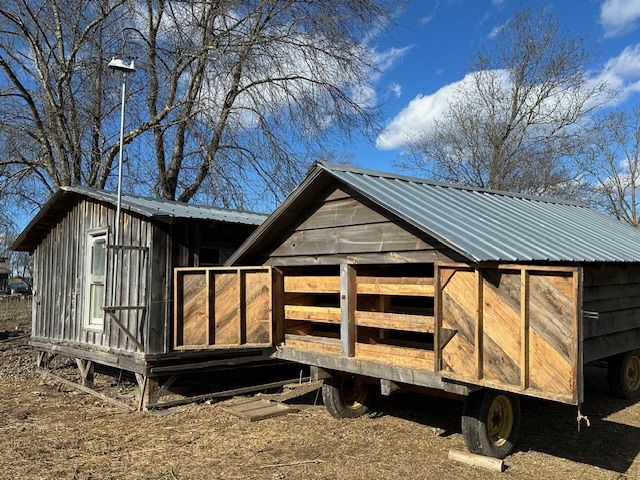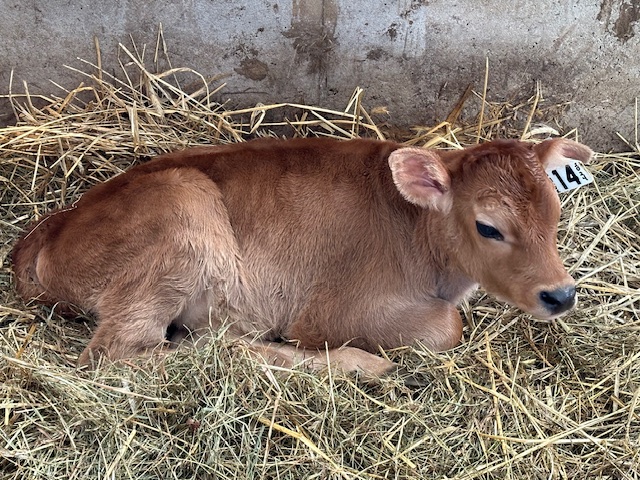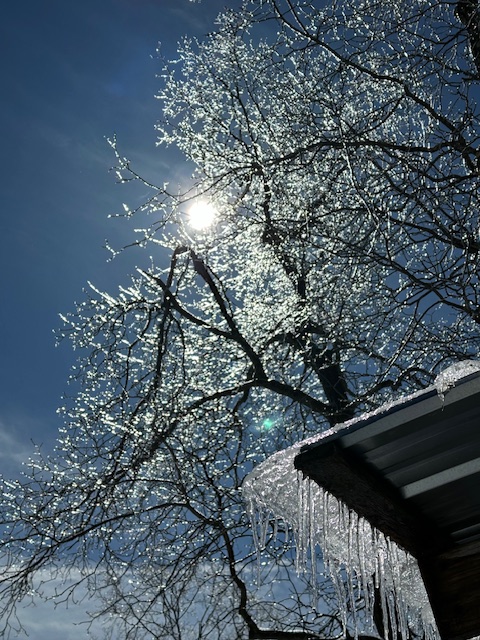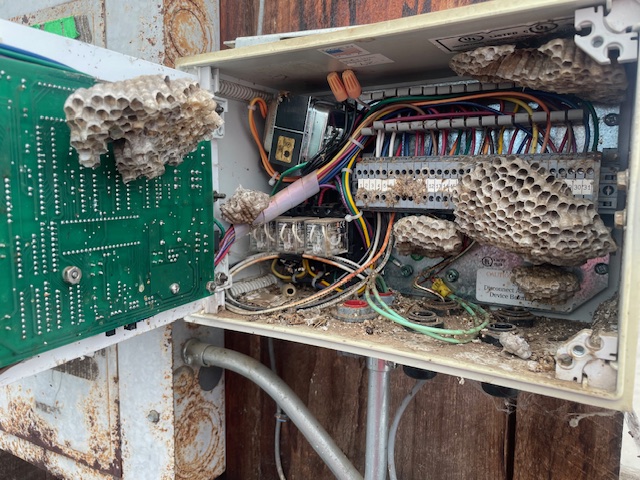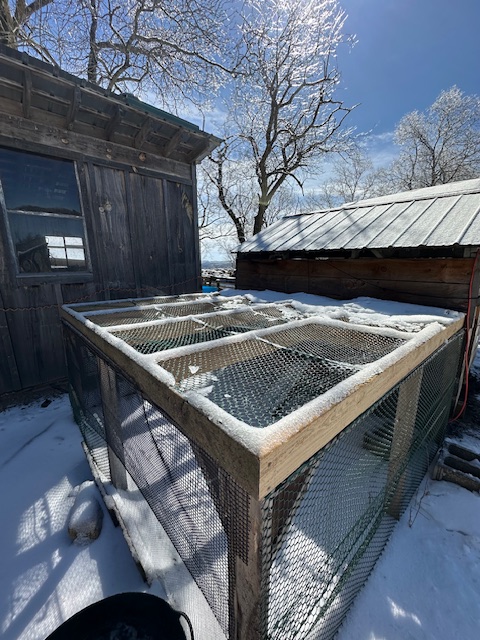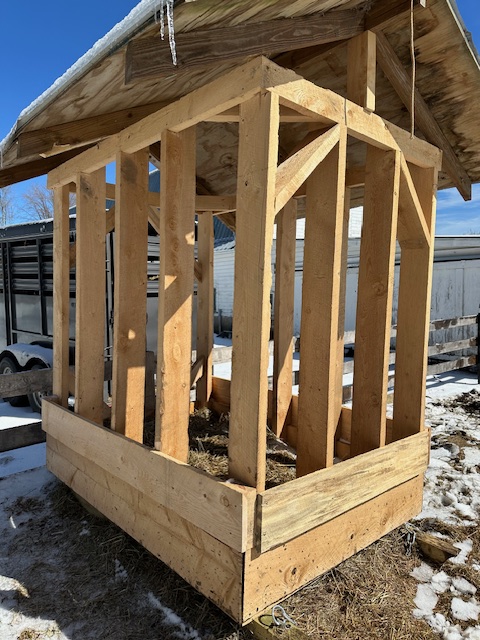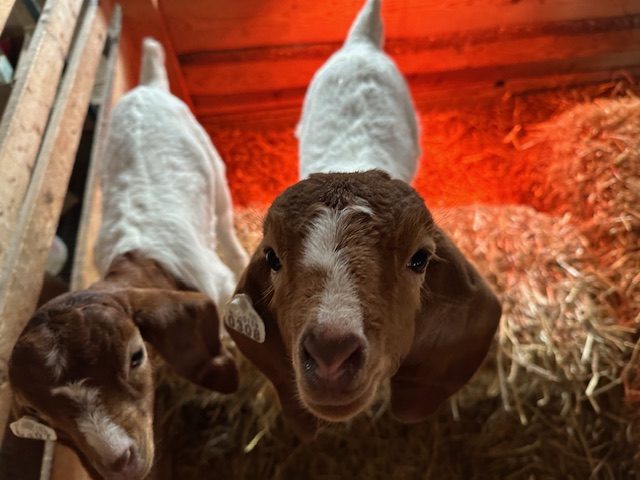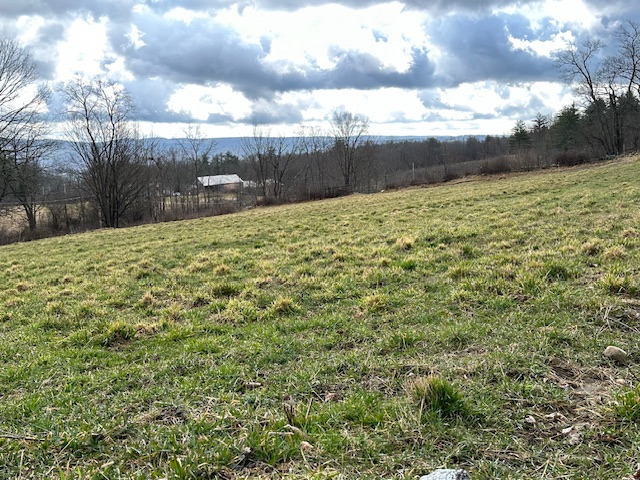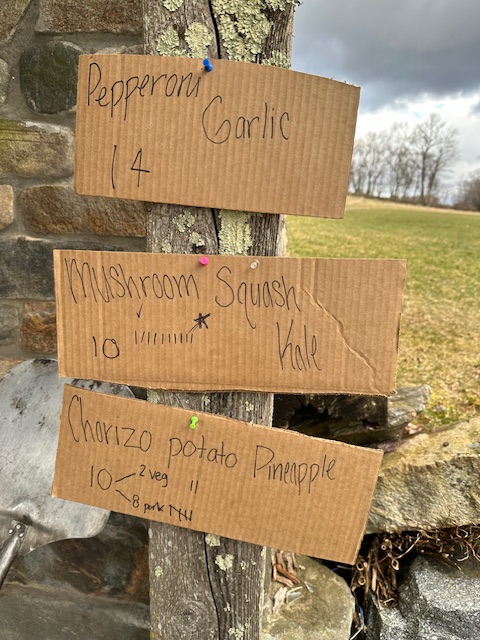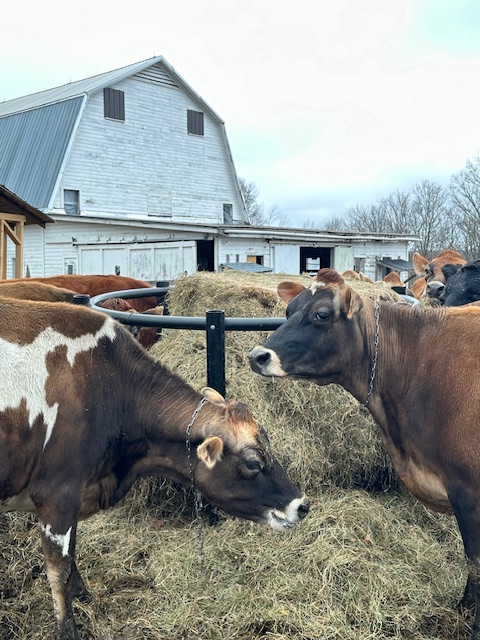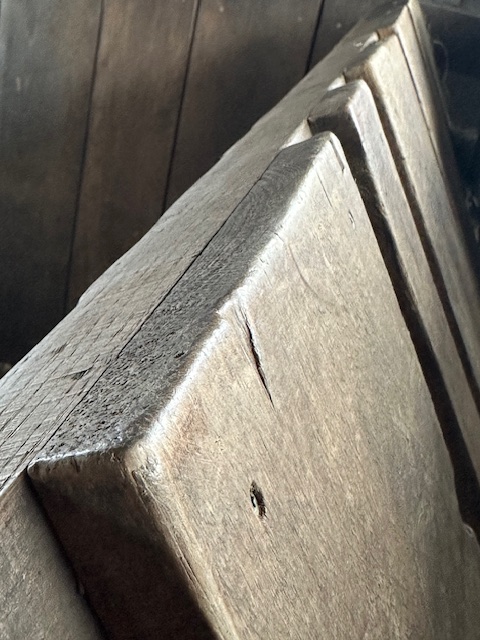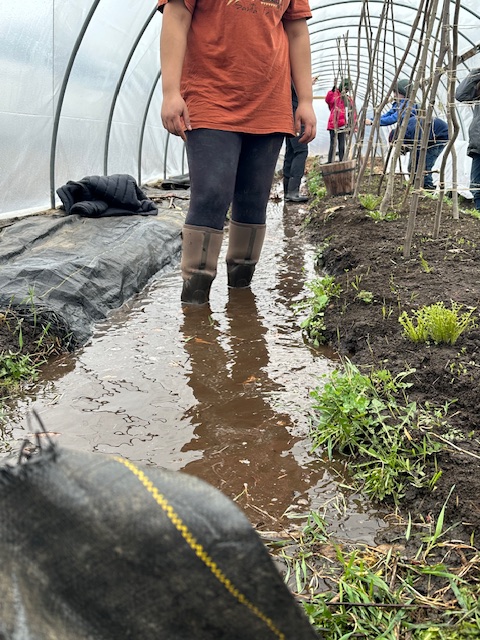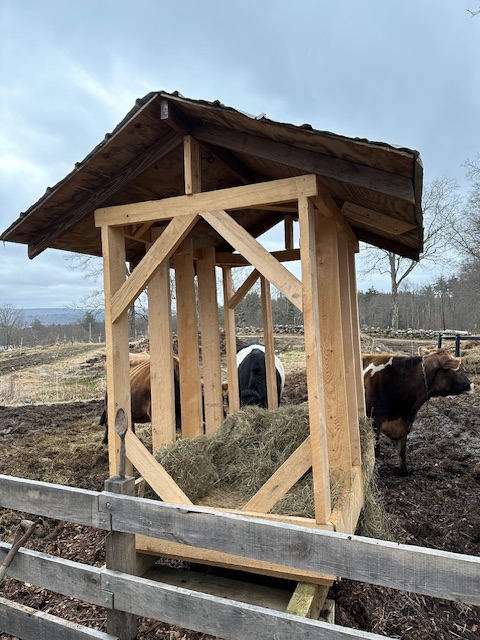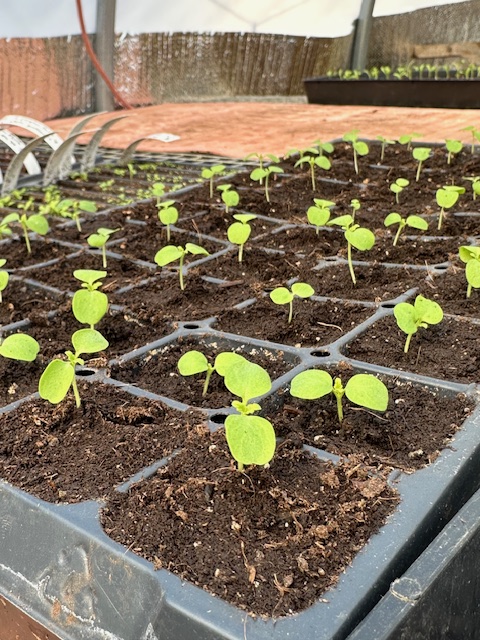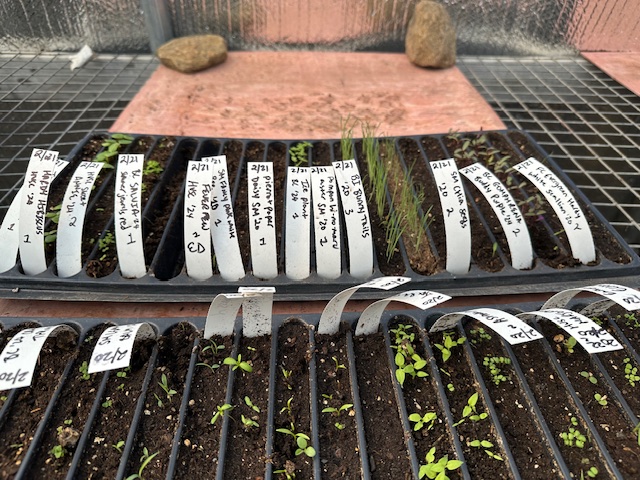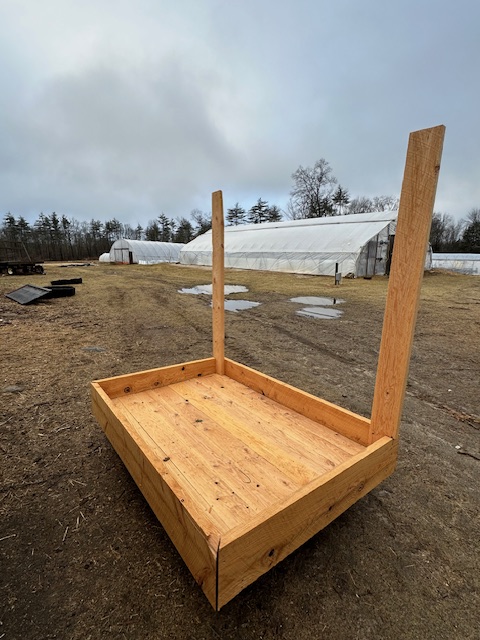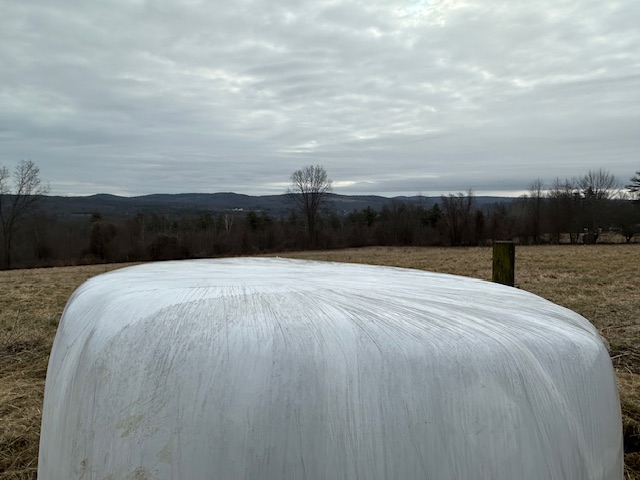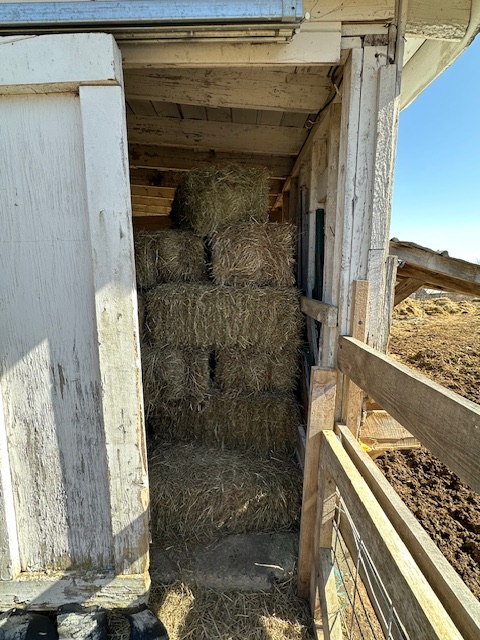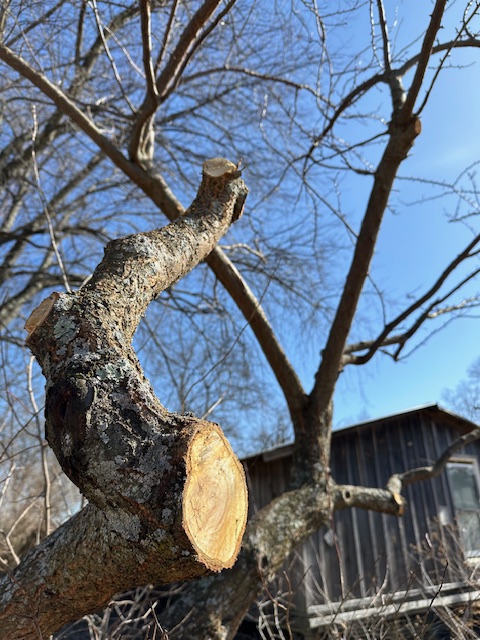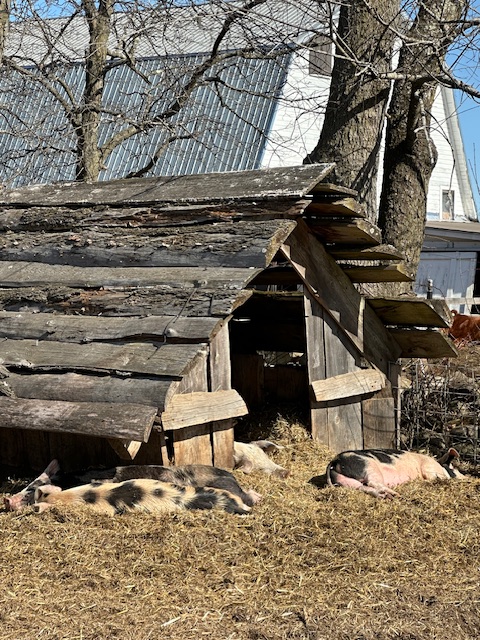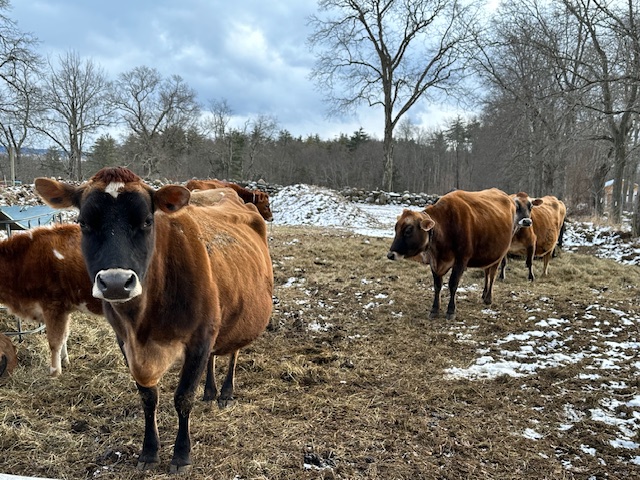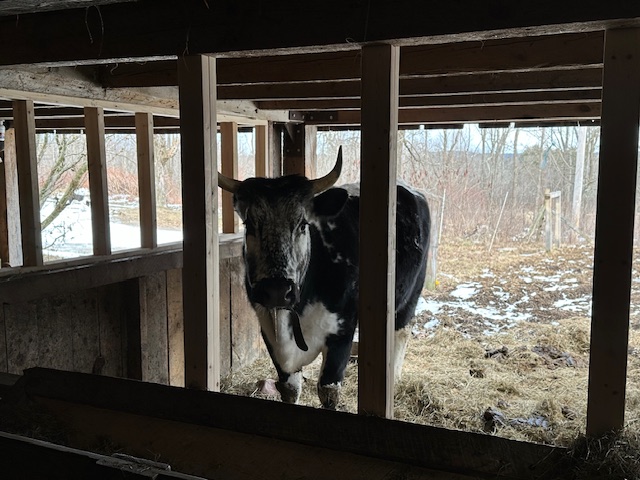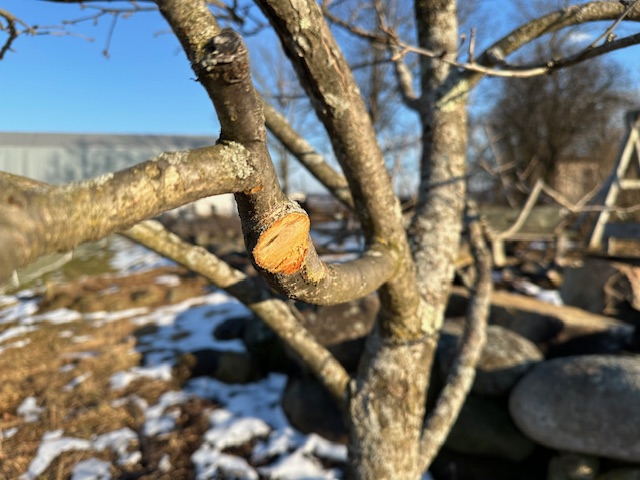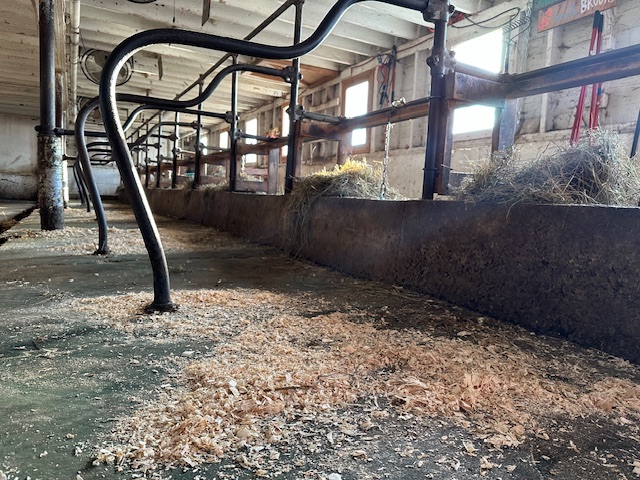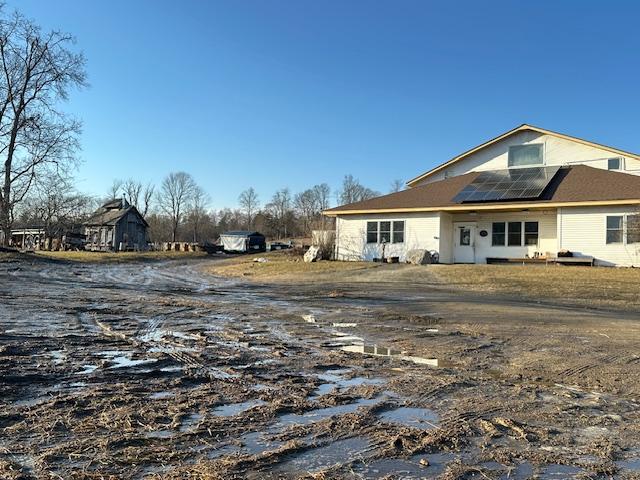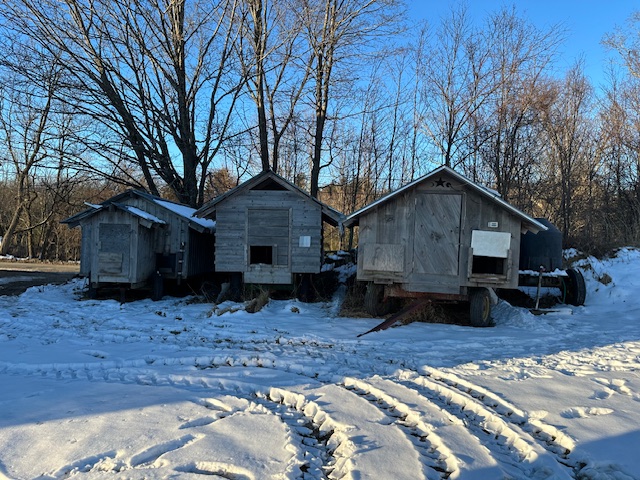We loaded up the laying hens Monday night and moved them into their summer egg-mobile. After setting up a poultry netting fence as well as we could in the compost yard behind the dairy barn, we pulled the egg-mobile over to the only flat spot in that yard and released the chickens. They have been doing great work scratching and digging through the top layer of those piles, but some hens have jumped the fence and tried to return to their winter house. Grace has spent several hours in the past week tracking down the escapees and returning them to the flock, and I expect that this game might end when the egg-mobile moves a bit further away from the hen’s winter quarters. Once the chickens were moved out of their winter house, Grace and visiting students were able to immediately begin the annual dig-out and clean of that building, and the deep wood-shavings bedding is already moving out the front door to be piled up for some composting. The laying flock will be on the move until freezing weather returns in the fall, and they’ll be all over the farm’s fields and farm-roads between now and then. We got everyone into one egg-mobile, but we have plans to receive our next batch of layer chicks in the mail soon, and those birds will go out on pasture in another egg-mobile once they seem big enough to handle the wilds of pasture life. Both houses will move once or twice a week through the growing season, and we’ll try to spread their strong manure over pastures that needs the help.
The veggie team put together quite a bit of seeding and weeding and harvesting in our greenhouse and hoop-houses this week, and although the fields beds are still under cover and not ready for bed-prep and seeding, there was plenty to accomplish to set up the season. The veggie team started laying out the irrigation system, though the super wet spring we’re enduring right now makes that system seem a little ridiculous at this point in the year, weeded the strawberries, harvested spinach and arugula, trimmed the onion starts one more time, seeded peppers in the greenhouse, and mixed up more potting soil. The greenhouse is getting pretty full here by the middle of April, but with a few more weeks until we can start moving crops from there to the fields, I think we’re going to have to find more space to hold the growing starts and newly seeded trays.
We hosted wonderful sixth graders from Milton Academy this week, and as has been their custom over the many years that they have been coming out to the farm, they brought a new Sugar Maple sapling to plant on the farm. We picked out a really nice spot in the north east corner of the games field out behind the Bunkhouse, and the hope is that, in a few years, we might have a nice shade tree out there standing up tall above those new cabins we built a few years ago. Milton also brought a few blue-berry bushes this year as well, and those were planted down in the lower orchard where we hope they’ll grow well, produce some nice berries, and help establish some more structure in the wet soil down there. These long-term investments in the farm landscape are wonderful, and I always admire the forethought that goes into planting perennials and trees that we hope will be a benefit for generations to come.
Taylor has most of the dairy grazing rotation paddock fences setup by now, and the fields up behind the bunkhouse are starting to take shape again for the coming season. The forage plants are growing well despite the over abundance of rain and the lack of much sun, and we seem to be on our typical timing with grazing starting the first week of May. There is grass out there, but this time of year we always have to exercise a good deal of patience to let those forage plants get big, strong and well established before we start challenging them with grazing cows. I did some work on the fences around the Old Sheep Pasture on the other side of the farm this week too, and that acreage looks to be growing nicely as well. The fences have been cleared and renewed, and hopefully that system is ready to host cows when the pasture is ready to feed them. We typically get the dairy herd into that pasture first to start the grazing season, so it feels good to know that the herd’s first pasture is set up and will be ready when the time comes. I’ve also just started doing similar work on the beef herds fence system, and similarly, I like to start with the fences and pastures that will host the herd first and to work onwards from there. I think that the first beef pasture fence is ready, but that pasture really needs the next few weeks of growth before it will be ready to feed those cows. This has been a cool wet spring, and our more poorly drained acreage would really benefit from some warm dry weather here at the back half of April to get growing.
| ReplyForward |
